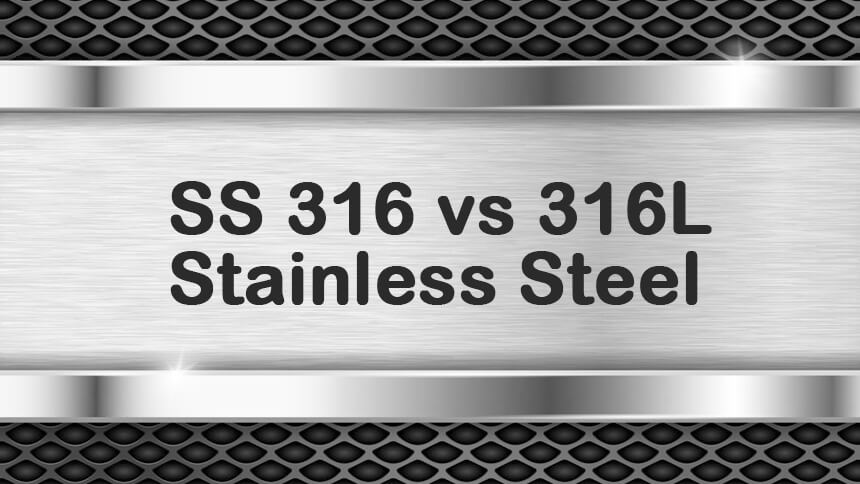When determining whether to use 316 or 316L stainless steel for your application, it is important to consider the following factors:
Corrosion Resistance
316L is the superior choice for high corrosion and high temperature applications. Since 316L contains less carbon than 316, it has better intergranular corrosion resistance, meaning its welds won’t decay, unlike with 316 stainless steel.
Cost
Although 316L contains less carbon, 316 and 316L stainless steels cost approximately the same.
Magnetic Properties
316 stainless steel has very low responsiveness to magnetic fields. Unlike basic stainless steels, which are ferromagnetic, most stainless steel varieties (including 316) are austenitic — or effectively nonmagnetic.
However, some 316 stainless steel goods can undergo processes, like cold forming and welding, where the austenitic crystal structure is transformed into ferromagnetic martensite. 316L steel is more susceptible to gaining some degree of magnetism.
Practical Applications
Both types of stainless steel are useful in a wide variety of industries. However, 316 is primarily used in construction and infrastructure because it is strong, resistant to pitting, and corrosion resistant in most circumstances. 316L is popular for pharmaceutical and photography equipment because it can withstand welding and corrosive chemicals.
Post time: Dec-27-2021

